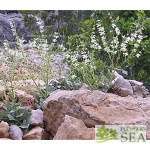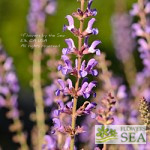Advanced Search
(Gravid Sage) This tender perennial from Michoacan, Mexico, has large, rich magenta flowers that hang from the arching branches in clusters up to 12 inches long. Growing up to 5 feet tall, this sage offers an unforgettable display when in bloom.
(Friendship Sage) Thank you Rolando Uria of the University of Buenos Aries for this very fine plant. Discovered in 2005 at a plant show in Argentina, this truly unique hybrid sage has generated a great deal of excitement in the Salvia world.
(Himalayan Sage or Kashmir Sage) The word "hians" in Salvia hians means "gaping" and refers to the hanging lip of this sage's flowers, which bloom from late spring through early fall. This may or may not the "true" species as it is described, hence the term aff or affnis in the name, which indicates that this plant is related to, has an affinity to, but is not identical to Salvia hians.
Common terms in this search: mount after have had success growing species ample water rapid spring summer growth less flowering regular well drained mineral soils safest bet not much known about winter hardiness rainfall there hermon inflorescence sage dry loving perennial features tight rosette furry white leaves tall branched flowers months purple spots grows rocky slopes lebanon climate its native haunts moderate during cooler microstegia








